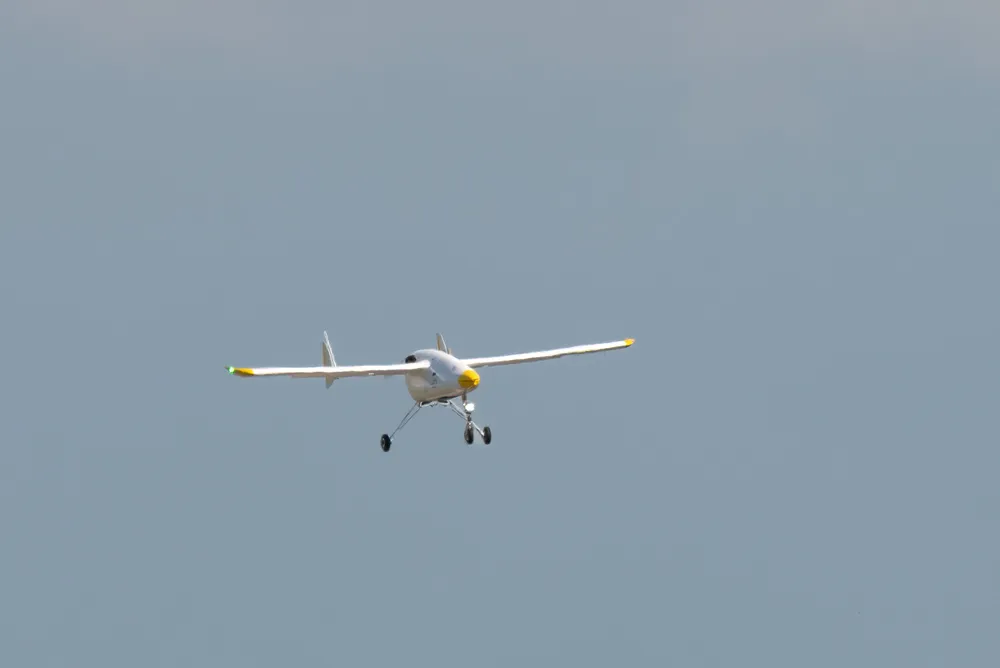RWE debuts offshore wind farm drone to monitor bird and mammals
German utility also uses AI-based cameras, autonomous submarine and DNA samples for environmental monitoring around turbines

The debut is part of RWE’s SeaMe (Sustainable ecosystem approach in Monitoring the marine environment) project to understand the interactions between offshore wind farms and the ecosystem.
“As a global leading player in offshore wind, we feel responsible for building and operating our wind farms in harmony with nature,” RWE offshore wind COO Thomas Michel said.
“With the SeaMe project, we are embracing new technologies that enable us to simultaneously monitor a range of different factors. That way, we can gain an even deeper understanding of the interactions between offshore wind and the marine ecosystem.”
RWE uses a long-range drone (Primoco UAV One 150), operated by BioConsult SH, which can stay airborne for up to 15 hours. It is fitted with a HiDef video system for autonomous operation. During its initial test, the drone flew approximately 500 meters above the Kaskasi offshore wind farm near the German North Sea island of Heligoland, neighbouring wind farms, and a reference area at sea.
The utility will analyse the footage in the coming weeks using artificial intelligence and human quality control. According to BioConsult SH, using the drone can reduce the carbon footprint of monitoring by up to 90%.
Next to the drone, RWE also operates an AI-powered fish detection system with video cameras on an autonomous underwater vehicle that is usually employed for wind farm maintenance.
The company has also installed six high-resolution video cameras on turbines to monitor birds and their behaviour.
“Technologies for night-time monitoring, such as infrared illumination and a thermal imaging camera, are also being tested,” RWE said.
“The details that can be captured by this method complement and advance traditional bird monitoring approaches such as radar, offering also higher temporal coverage than approaches such as aerial photography.”
RWE under the project further analyses water samples for traces of environmental DNA.
The SeaMe project began in autumn 2024, initially with onshore testing and preparation of the various technologies for offshore deployment. It has now entered its next phase, starting simultaneous data collection at the Kaskasi wind farm.
The three-year project is carried out in collaboration with partners including the Helmholtz Institute for Functional Marine Biodiversity at the University of Oldenburg (HIFMB), the Alfred Wegener Institute Helmholtz-Centre for Polar and Marine Research (AWI), BioConsult SH, the Danish company DHI A/S, the Norwegian company Spoor, the German Research Centre for Artificial Intelligence (DFKI) and the Danish start-up Anemo Robotics.
(Copyright)